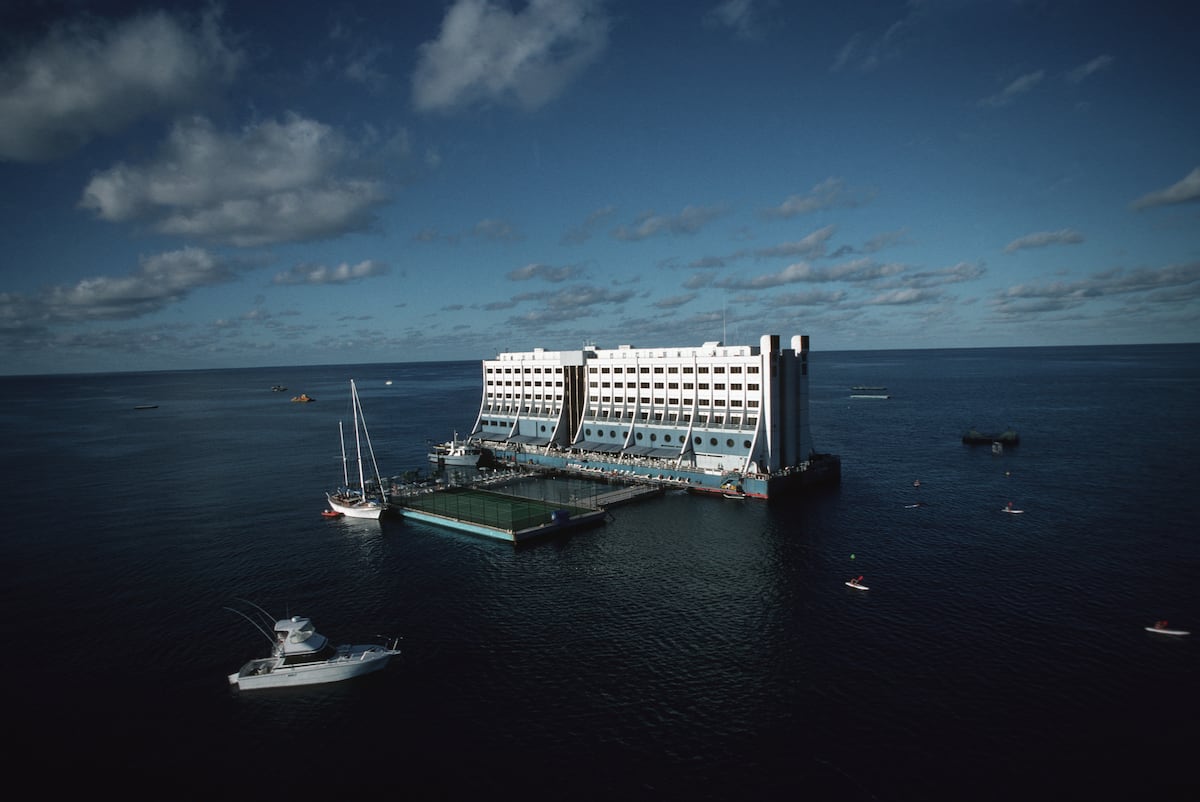
"In 1959, a group of Japanese architects signed a document entitled the Metabolist Manifesto, which was, I'm sorry to say, a nutty idea of planetary proportions: flying cities, megastructures that grew like living organisms, capsules embedded in colossal towers. It was architecture as science fiction, but for real, and it was also formidable from a purely aesthetic perspective. Big names were involved: Arata Isozaki, Kisho Kurokawa, and, above all, the undisputed boss, the modern patriarch of Japanese architecture: Kenzo Tange."
"The same man who, in 1960, signed one of the most ambitious (and unhinged) urban planning projects of all time: the Tokyo Bay Plan. Tange's plan was another one of those colossal fantasies with gigantic concrete structures floating on the Sea of Japan like technological manta rays, or ship-cities designed for a civilization more determined than our own. And yes, Kenzo, you have to have real guts to propose something like that and defend it with a straight face."
"Enter Doug Tarca, an Italian immigrant living in Townsville, a northeastern coastal city known more for its dockwork and cold beer than for sophisticated tourism. Doug was a professional diver, a scuba diving entrepreneur, and, apparently, a firm believer in more is more. It may be that one day he was looking at Tange's blueprints, or perhaps simply recalling how well things float if you put air underneath them; in any event, he said: Let's build a hotel in the middle of the sea. Just because."
In 1959 Japanese Metabolist architects envisioned radical urbanism—flying cities, megastructures that grew like organisms, and capsule modules attached to colossal towers. Prominent figures included Arata Isozaki, Kisho Kurokawa, and Kenzo Tange. Tange proposed the Tokyo Bay Plan in 1960, featuring vast concrete platforms and ship-like cities floating on the Sea of Japan. The Tokyo Bay scheme remained unbuilt because it functioned as a manifesto and because of immense practical construction limits. In the 1980s Doug Tarca, an Italian immigrant and scuba diving entrepreneur in Townsville, conceived a simpler floating hotel project, apparently inspired by such visionary blueprints.
Read at english.elpais.com
Unable to calculate read time
Collection
[
|
...
]